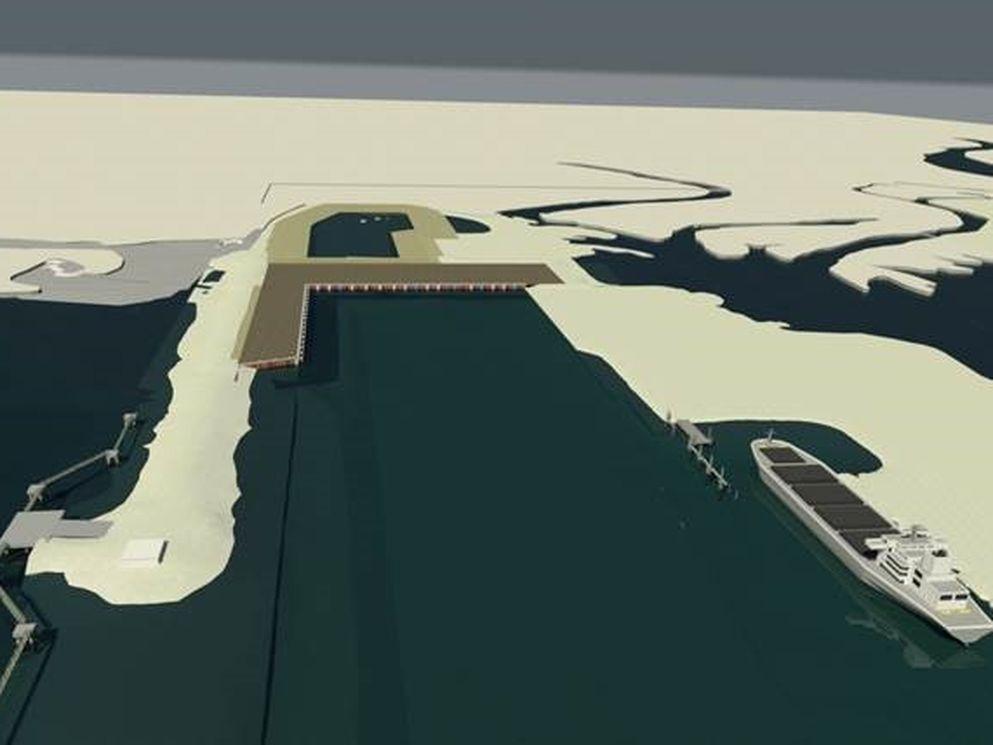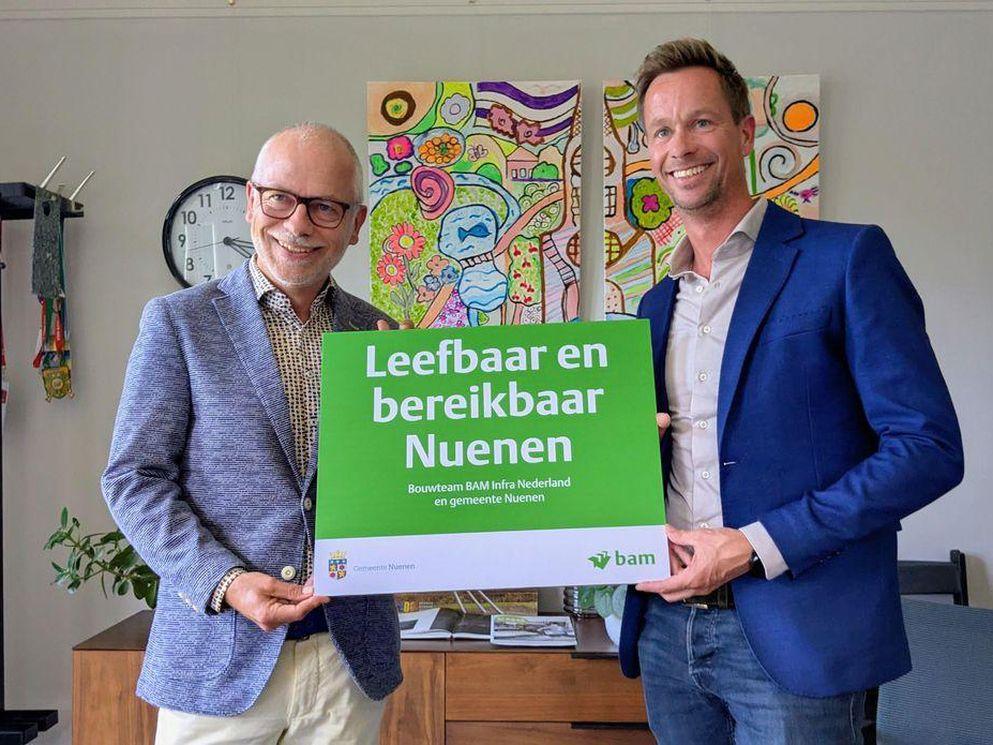BAM wins second joint venture contract in Canada

(Web news BAM International:) The Hague, the Netherlands, 5 November 2019 – JGC-Fluor JV has awarded BJM, a joint venture between BAM International (the operating company of Royal BAM Group active outside Europe), JJM Construction (Canada) and Manson Construction (USA), the contract for the construction of the LNG Canada MOF, a material offloading facility to support the realisation of a LNG export facility in Kitimat on the west coast of Canada, British Columbia (approximately 600 km north-west of Vancouver).
The project is part of the overall LNG Canada project. The MOF project consists of a 230-metre-long north quay wall and a 260-metre-long west quay wall. Work has already started as of July 2019 and BJM expects to complete the offloading facility by Q4 2020.
Last year the BJM joint venture received the full order to build the new Rio Tinto BC Works Terminal A on behalf of LNG Canada. LNG Canada has agreed to extend the existing BC Works Terminal A in exchange for their Terminal B, which handles exports of finished products for Rio Tinto’s ongoing operations. The location of Terminal B coincides with LNG Canada‘s Liquified Natural Gas (LNG) export terminal in Kitimat. LNG Canada represents the largest private investment in Canadian history and showcases how industrial development can co-exist with environmental stewardship.
The project includes a 320 x 60 metre terminal for the Rio Tinto BC Works, as well as a berth for cargo barges. Both elements will be built on more than 400 steel piles with a concrete deck of approximately 20,000 m3.
LNG Canada is a joint venture company comprised of five global energy companies with substantial experience in LNG: Shell, Petronas, PetroChina, KOGAS and Mitsubishi Corporation. The joint venture will be responsible for designing, building and operating the LNG Canada export terminal. The first phase of construction will take approximately five years. Since 2011, LNG Canada has worked closely with Rio Tinto, the community, First Nations, and municipal and regional governments to understand how the project can help Kitimat, the region and the wider province of British Columbia to achieve its social, economic and environmental aspirations.



